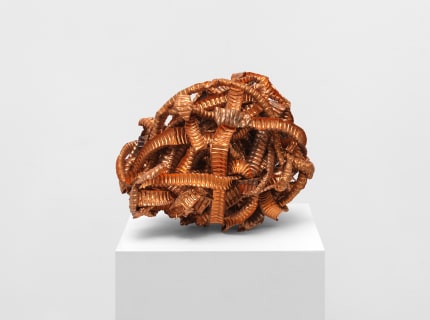SHARJAH, United Arab Emirates — Ethnic profiling is business as usual in the contemporary art market. Artists from outside the Euro-American sphere, if they want to be noticed, are required to a) present evidence of their origins, like a badge, in their work, and b) package that identity in forms, styles and images that the West can readily recognize.
The Emirati artist Hassan Sharif (1951-2016), who has a sensational retrospective at the Sharjah Art Foundation here on the edge of the Persian Gulf, was a born contrarian. Working in a range of seemingly unrelated media and styles, he made art that belongs to no locatable culture, or maybe to several. Dodging definitions, he referred to himself, half-jokingly, as a nomad, though he didn’t live like one. Apart from a few youthful years in England, he spent his entire life in the Gulf region, where he is revered today as a pioneer.
Born in Iran, Sharif was raised in Dubai, which, before the 1960s oil boom, was a low-rise town that made money from harvesting pearls. His father was a professional baker, and Sharif speculated that his own interest in art as an activity — manipulating materials, pushing idea around — began with watching his father make cakes. When, a bit later, he came across reproductions of Cézanne, van Gogh and Picasso in books, he knew that an artist — and a modern one — was what he wanted to be.
...
Read full article at nytimes.com.

